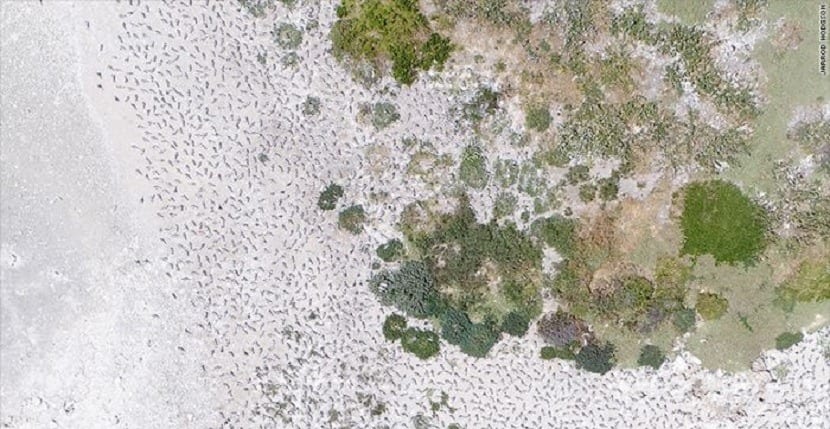
Little by little it is being shown that using new technologies in different areas of life can help us solve important problems with astonishing speed. We have an example in how a group of researchers, dedicated to preserving the life of different species of animals in danger of extinction, has shown that a mixture of drones with artificial intelligence can be enough to make your work much faster and, above all, less tedious.
As you can read in an article that has been published in the journal of the Bitanic Ecological Society 'Methods in Ecology and Evolution', the Australian research team decided that counting wildlife needed to improve the technique as much as possible. After numerous tests, they have managed to develop a system capable of counting different types of animals, including several species of birds, making their platform much more accurate compared with the systems that have been used until now in a traditional way.
A group of Australian researchers has begun using a mixture of drones and artificial intelligence to count colonies of endangered birds.
As expressed jarrod hodgson, lead author of the research paper and PhD student at the Faculty of Biological Sciences at the University of Adelaide:
With so many animals around the world facing extinction, our need for accurate wildlife data has never been greater. Accurate monitoring can detect small changes in the number of animals. That's important because if we were to wait for a big change in those numbers to notice the decline, it could be too late to conserve a threatened species.
In a wild population, the true number of individuals is unknown. This makes it very difficult to test the accuracy of a counting approach. We needed to test the technology where we knew the correct answer.
The results will help refine and improve drone monitoring protocols so that drones have little or no impact on wildlife. This is particularly important for species that are prone to disturbance and where traditional methods involving proximity to species are not possible or desirable.